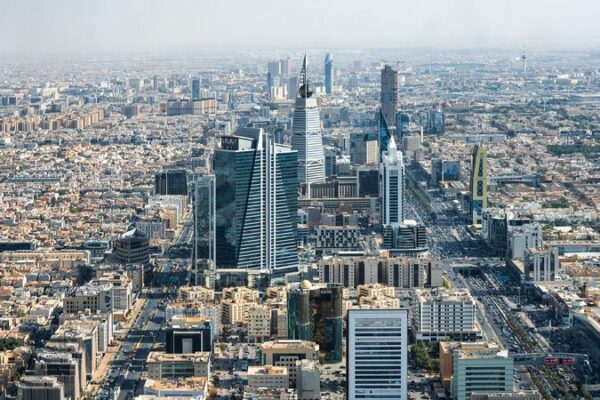In the heart of northern China, a remarkable transformation has taken place. What was once a barren desert landscape is now the Saihanba Forest—the world’s largest artificial forest and a beacon of environmental restoration. As the 16th Conference of the Parties (COP16) to the United Nations Convention to Combat Desertification (UNCCD) approaches, the global spotlight turns to this green miracle.
From December 2 to 13, 2024, representatives from 197 countries will gather in Riyadh, Saudi Arabia, to address critical issues of land degradation, desertification, and drought. COP16 aims to accelerate global efforts in land restoration and enhance resilience against drought, with a focus on sustainable land management.
China, one of the nations most severely affected by desertification, has made monumental strides in combating this environmental challenge. At the forefront of these efforts is Saihanba, a region that lies where the North China Plain meets the Mongolian Plateau. With an average altitude of 1,500 meters, this area was once plagued by harsh winds and shifting sands.
Beginning in the 1960s, three generations of dedicated workers undertook the colossal task of transforming Saihanba’s desolate terrain into a thriving forest. Through relentless tree planting and conservation efforts, they have turned over 93,000 hectares of land into lush woodland. Today, Saihanba acts as a vital green barrier protecting Beijing and Tianjin from sandstorms and plays a significant role in sequestering carbon dioxide.
This success is part of the larger “Three-North Shelterbelt Program,” an ambitious ecological project initiated by China to combat desertification across the northeast, north, and northwest regions. The program aims to create a vast network of forests to halt the spread of deserts, improve air quality, and enhance biodiversity.
At COP16, China will for the first time showcase its achievements in desertification control overseas. The China Pavilion, spanning 608 square meters, is the largest national-themed pavilion apart from the host country. It will highlight projects like Saihanba, demonstrating China’s commitment to environmental restoration and sustainable development.
Saihanba’s story is not just about reforestation; it’s a testament to human perseverance and the impact that dedicated environmental stewardship can have on the planet. As the world gathers at COP16, Saihanba stands as an inspiring example of how concerted efforts can transform even the most challenging environments into thriving ecosystems.
For the teenage and young adult audiences watching from the Global South, Saihanba’s transformation offers hope and a blueprint for combating environmental issues. It shows that with commitment and innovation, nations can work towards a greener future.
Reference(s):
cgtn.com








